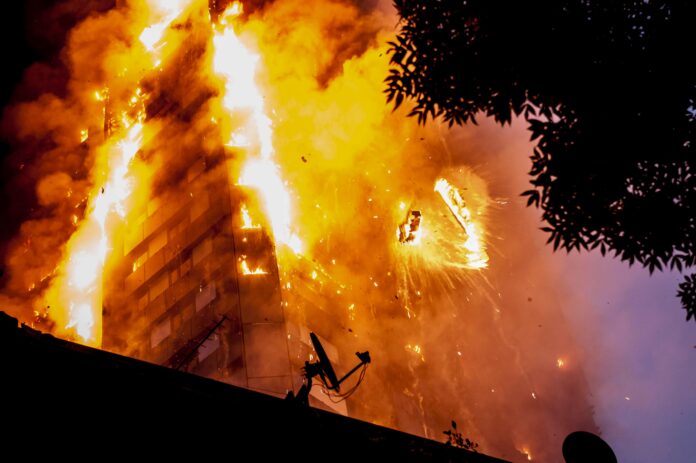Article 24 of the directive was cemented into UK law in April 2014 and a Government report says “bringing as many residential and commercial buildings as possible up to a high level of energy performance is a priority for the UK Government”.
Cladding is often used to improve energy efficiency and it is thought there could be up to 30,000 buildings in the UK fitted with similar cladding to that used on Grenfell Tower to comply with EU energy saving law.
Deadly flammable foam boards coated in zinc rainproof sheets were spaced across the 24-storey building as part of the refurbishment.
The EU Directive on the energy performance of buildings was adopted in 2002. It was intended to improve the energy efficiency of buildings, reduce carbon emissions and reduce the impact of climate change.
On 19 May 2010, the Council of the European Union and European Parliament adopted a recast of the Energy Performance of Buildings Directive in order to strengthen the energy performance requirements of buildings.
In addition it clarified and streamlined some of the provisions from the 2002 Directive it replaced. The Energy Performance of Buildings Directive and the 2012 Energy Efficiency Directive are the two main pieces of legislation aimed at reducing the energy consumption of buildings.
The principle underlying the Energy Performance of Buildings Directive is to make the energy efficiency of buildings transparent by requiring an energy performance certificate showing the energy rating of buildings, accompanied by recommendations on how to improve its efficiency.
As of yet, there are no clear indications to the number of residents who died in the Grenfell fire, however sources in the fire service say the number of people who lost their lives could be over 100.





